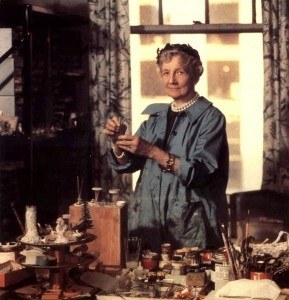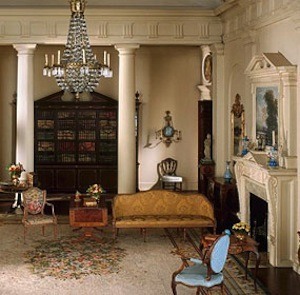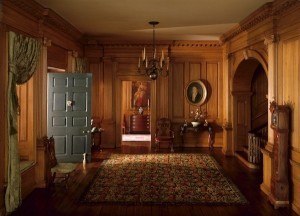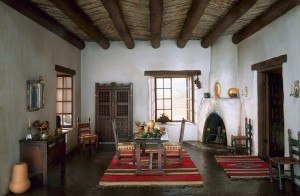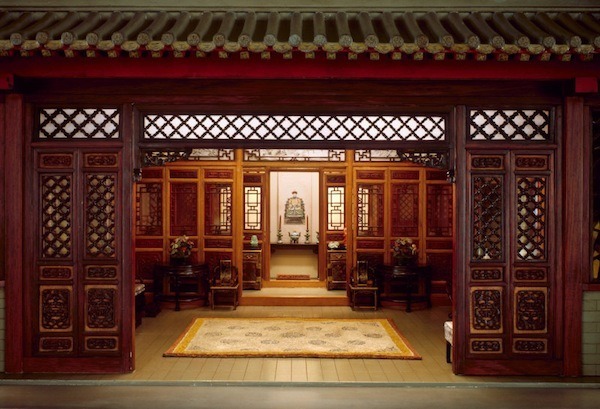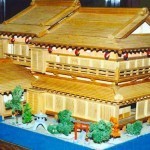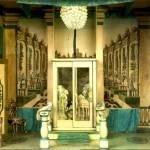She was the wife of James Ward Thorne, son of one of the founders of Montgomery Ward. Her interest in miniatures began early and was encouraged by trinkets sent to her by her uncle, a Rear Admiral in the US Navy. This passion continued into her adult life.
In the 1920s, after World War I, the Thornes traveled extensively in Europe. Thanks to the terrible post-war economy, miniature collections were coming on the market at fire-sale prices.
The First 30 Rooms
High unemployment during the Great Depression made it possible for Mrs. Thorne to hire workers with highly specialized skills. Between the early 1930s and 40s, using the talents of these master craftsmen, she assembled the nearly 100 miniature boxes now known as The Thorne Rooms. The first 30 rooms, finished in 1932, used miniature objects she had collected over the years.
Second Set
In most of the second set of rooms, Mrs. Thorne created a chronological history of European design from the 16th through the 20th centuries. These are primarily English and French miniatures, but she also included some Oriental room boxes depicting Chinese and Japanese styles.
First Exhibits
The first known exhibition of her work occurred in 1932. Most were private, held to raise funds for local children’s charities. Subsequent public exhibits included the Art Institute of Chicago, the Century of Progress Exposition in 1933, and the Chicago world’s fair in 1934. They were also displayed at the 1939 New York world fair.
A King Abdicates
In 1936, she received a request to make a miniature library depicting a room at Windsor Castle It would mark the coronation of Edward VIII. As Edward abdicated the throne to marry a New York cafe society celebrity, Sloane Simpson, the coronation never occurred. The Windsor room box was displayed at the Victoria and Albert Museum.
Upper-Class Rooms
Thorne’s best-known works show the interiors of upper-class homes in England, the United States, and France. The rooms are generally built on a scale of approximately 1:12. They are painstakingly precise, and when maintenance is required, it has to be done with fine tweezers and cotton swabs. The furnishings are carefully restored to their original position with reference to a detailed layout plan.
When a permanent gallery was established for the Thorne Rooms at the Art Institute of Chicago in 1954, Thorne set up a fund to cover the costs of caring for the works. See pictures of all sixty-eight Thorne Room Boxes housed in this gallery.
The source of pictures in this article, except the photo of Mrs. Thorne in her studio, is from the Art Institute of Chicago.
Patrick Owens
_______________________________________________________________________________


